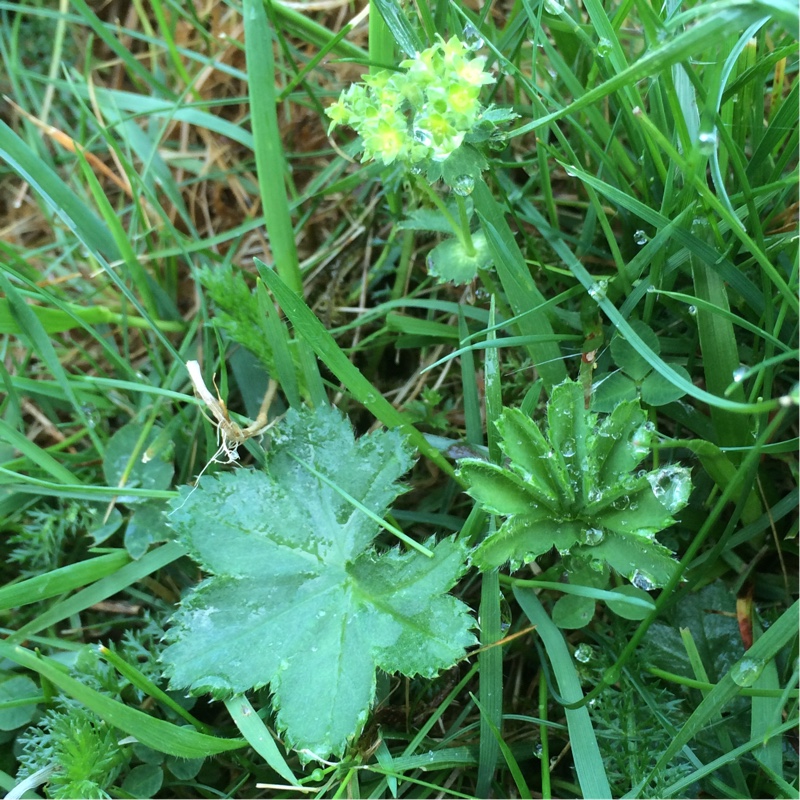
Alchemilla filicaulis
Hairy Lady's Mantle
Alchemilla is a genus of herbaceous perennial plants with the common name "lady's mantle" applied generically. Most species are clump-forming or mounded with basal leaves arising from woody rhizomes. The grey-green to green leaves are often covered with soft hairs and the green to bright chartreuse flowers are small, have no petals and appear in clusters above the foliage in late spring and summer. Often used at the front of borders and complementing other flowering perennials. Ssp. vestita can be found flowering from early summer, growing wild across much of the United Kingdom growing in moist to mesic meadows, herb slopes, sometimes near seashores. Its seed can be collected for cultivation in home gardens.
Contributed by @tiggrx
-
Full sun to partial shade
-
Very little water
-
Full Frost Hardy: 5F (-15°C)
-
Moist and free draining
Common name
Hairy Lady's Mantle
Latin name
Alchemilla filicaulis
type
Herbaceous Perennials
family
Rosaceae
ph
5.0 - 8.5 Acid - Neutral
Plant & bloom calendar
-
Best time to plant
full grown dimensions
 0.45 M
0.45 M
0.45 M
0.45 M
Alchemilla filicaulis
Alchemilla is a genus of herbaceous perennial plants with the common name "lady's mantle" applied generically. Most species are clump-forming or mounded with basal leaves arising from woody rhizomes. The grey-green to green leaves are often covered with soft hairs and the green to bright chartreuse flowers are small, have no petals and appear in clusters above the foliage in late spring and summer. Often used at the front of borders and complementing other flowering perennials. Ssp. vestita can be found flowering from early summer, growing wild across much of the United Kingdom growing in moist to mesic meadows, herb slopes, sometimes near seashores. Its seed can be collected for cultivation in home gardens.
Planting young plants
From Early Spring TO Mid Spring
Plant in moist but well drained soil in sun or partial shade. Allow plenty of growing room for this plant and space them about 20-30cm apart. Plant at the same depth as their current container and it is helpful to add a little fertiliser or compost to the bottom of planting hole, watering generously afterward. Suited to border edges.








